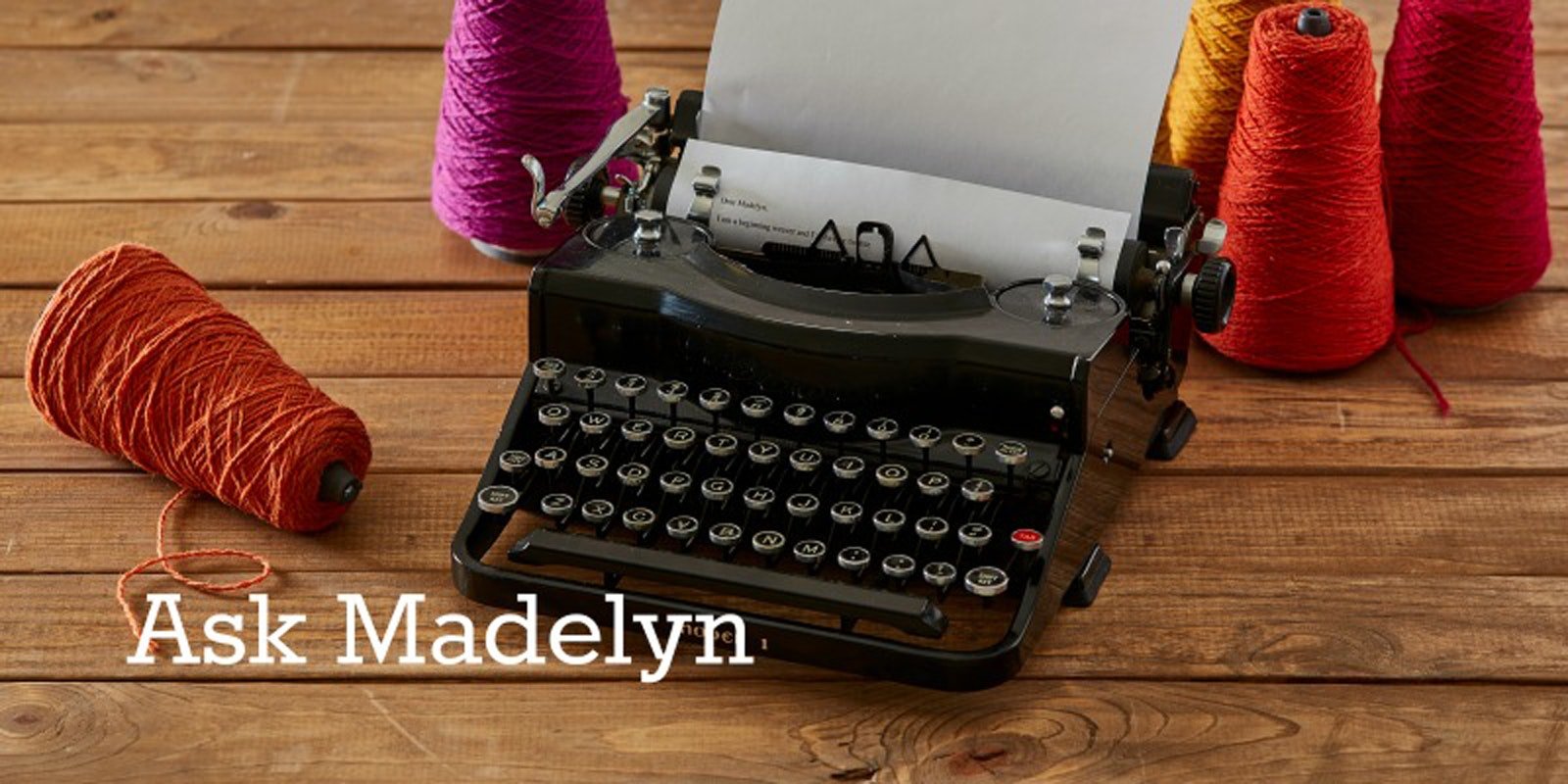I am a relatively new weaver and currently have a 4-shaft loom. I like what I’ve woven on it, but I see pieces in Handwoven that require eight shafts that I really like. Can I weave the same things on my 4-shaft loom by changing the threading? I’m wondering whether I’m going to want an 8-shaft loom or maybe even more. What would more shafts do? I read about dobby looms and drawlooms; what do they do?
—Greg
Hi Greg!
On a 4-shaft loom, you can weave plain weave; 2/2, 1/3, and 3/1 twills; block weaves such as overshot, spot Bronson, crackle, M's and O's, and warp rep; and some unit weaves, such as Atwater-Bronson lace and summer and winter in very simple designs. On eight shafts, you can weave all of those plus: With twills you can vary float lengths within a piece, which adds dimension and complexity to the design. With block weaves, you get more design potential from more blocks, and you can weave some block weaves that you can’t even weave on four shafts (doubleweave, beiderwand, turned twill, and more). There isn’t really a way to translate an 8-shaft draft to four, but you can create similar effects by substituting a 4-shaft twill for an 8-shaft one or by using the same block weave you see in an 8-shaft project but reducing the number of blocks.
More than eight shafts adds even more block weaves to your repertoire (such as damask and a form of doubleweave called lampas) along with fancier twills and more blocks in any of the aforementioned block weaves. If you fall in love with pattern and you are mesmerized by the behavior of the threads that make it, you will want at least eight shafts, if not more.
A dobby loom adds more design potential by allowing any combination of shafts to be raised for any pick. (With a treadle loom, the number of treadles limits the number of different sheds you can make.) With a dobby loom, you either peg a bar (mechanical dobby) for each different shed in the treadling repeat, or, if you have a computer-driven dobby, you create the treadling repeat in a computer weaving program and the software tells the loom which sheds to make next. The drawback to the mechanical dobby is that for each new idea you have, you have to manually create the pegged bars for every pick in your new idea. And, if you are weaving a structure that alternates tabby and pattern, you have to peg a bar for every single tabby pick. Dobby looms can have more shafts than treadle looms--as many as 40 are currently available (giving you even fancier twills and more blocks).
You’d want a drawloom only if you want to create pictures rather than the geometric types of designs shaft looms can make with their limited number of blocks. A drawloom is a way of getting a maximum number of blocks, enough to weave detailed images (flowers, animals, etc.) in certain weave structures (most often in damask, the most common drawloom block weave; shaft looms don't usually have enough shafts to create block designs in damask, which can take from five to ten shafts per block). The drawback to drawlooms is that the setup is very time-consuming. Each thread goes through two heddles, one on a shaft that weaves the structure, and one on a shaft or that pulled by an overhead cord, that makes the pattern.
I have had every possible type of loom, from a 40-shaft computerized dobby to several types of drawlooms, but I find I am happiest when I am creating designs for and weaving on eight shafts. I like the challenge of designing within limitations. (Which could be a reason to stick to four, but I can’t give up some of what eight can do.)
—Madelyn
Posted June 3, 2015. Updated March 19, 2018.
If you have a weaving question please email Madelyn! View related & recent "Ask Madelyn" posts!

